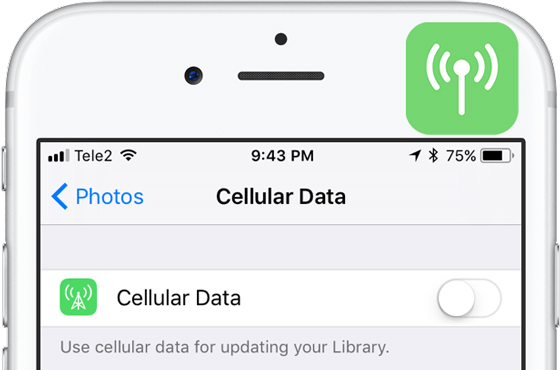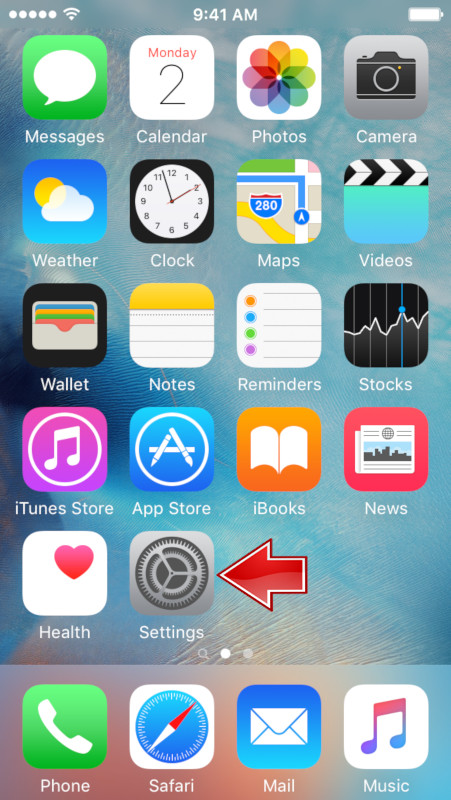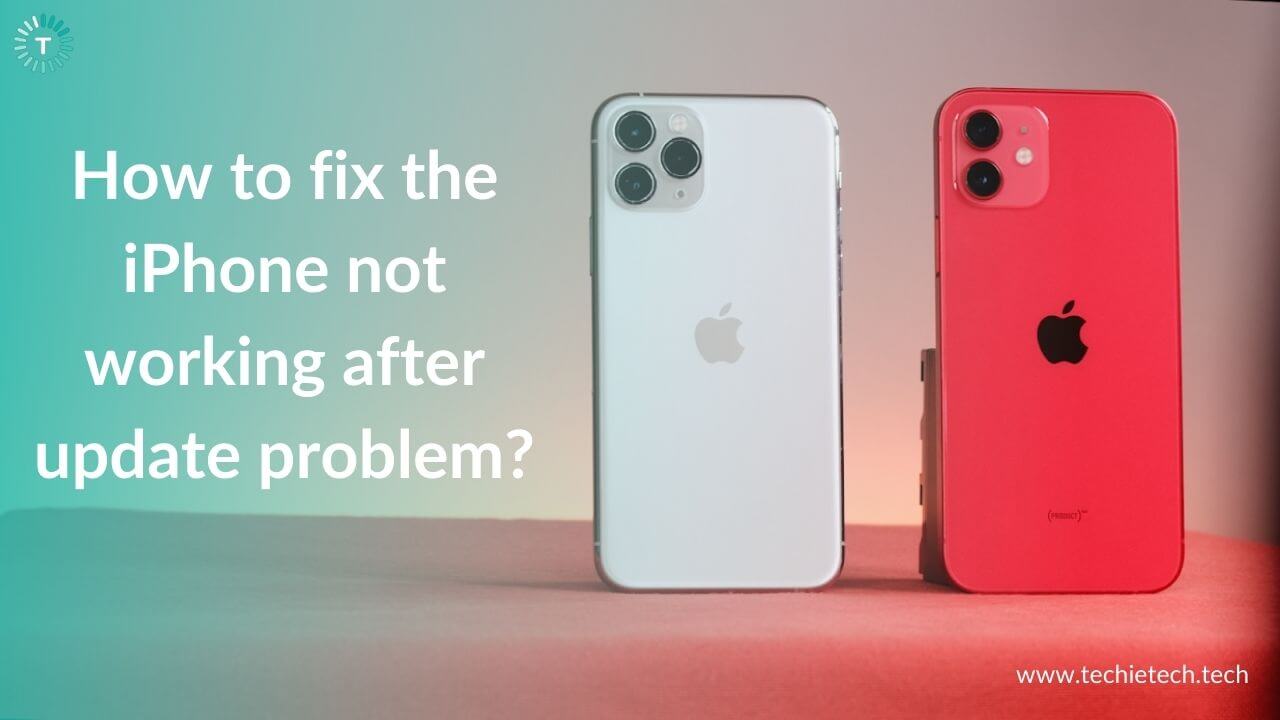

If these steps don't help your iPhone Bluetooth issues, it's time to call Apple to discuss repair options. Make sure you've backed up any important information to iCloud. Your iPhone passcode is required to start the process. Go to Settings > General > Reset and choose Erase All Content and Settings. This will erase all content and settings to restore your iPhone like it was out of the box. Restore as a New iPhoneĪ final step to take is restoring your device, which is essentially a factory reset of your iPhone. For Bluetooth, go to Settings > Bluetooth and then disable the switch at the top of the page. The next step for solving Bluetooth issues is to toggle your iPhones Bluetooth connection and then hard restart it. The Most Recent button has now been renamed as Recent & Favourites and will be displayed somewhere at the bottom of the page. From there, scroll down to See More to find more features listed below. After that, try to pair a Bluetooth device once more. Toggle Your iPhone Bluetooth and Restart iPhone. Tap on the three lines icon on the top right of the Facebook app that discloses the entire menu. Your iPhone will automatically turn off and restart. On that page, select Reset Network Settings and enter your passcode. To start, select Settings > General > Reset. Just to note, before taking this step, along with completely wiping all Bluetooth information on your iPhone, this will erase other network settings including known Wi-Fi networks and VPN configurations. If you suffer from continued Bluetooth issues, you can also try to reset network settings. Press and quickly release the volume down button.
:max_bytes(150000):strip_icc()/find-my-iphone-not-working-1999175-ee8d853e3f464772ab0e5ee09afed334.png)
Just follow the on-screen instructions to follow the simplified pairing process. While your iPhone is connected, follow these steps: On your iPhone 8 or later, including iPhone SE (2nd and 3rd generation): Press and quickly release the volume up button. Pairing is a one-time process and you won't have to do it again unless you change devices or specifically remove the device from the paired list.įortunately, with any model of Apple's AirPods, you won't need to go through this process. The headphones will move up into the My Devices section, which shows if a device has a current connection to your iPhone. Tap the name of the headphones to complete the process. Once in pairing mode, open Settings > Bluetooth on your iPhone.įrom there, scroll down to the bottom of the page and find the Other Devices section.
#Recent menu on iphone not working how to
How to do that varies by model, so check the instruction manual if you're not sure. If you're still having trouble after that, I would suggest backing up your iPhone How to back up your iPhone, iPad, and iPod touch - Apple Support, and then reinstalling the iOS software using the 'Put your device in recovery mode and set it up again' section of If you can't update or restore your iPhone, iPad, or iPod touch - Apple Support. The first step is to place the headphones into pairing mode. They are especially useful when working out, so make sure to take a look at some of our favorite wireless sport headphones.īefore using most Bluetooth headphones, you need to pair them with your iPhone. I am on a MacBook Air (early 2014), running El Capitan 10.11.Bluetooth headphones are a great way to enjoy music without the hassle of wires or dongles. Hopefully it will help others too.įYI: All my recent items were gone in all apps, in Apple menu the whole menu item was even gone, and changing in System Preferences from none to whatever kept reverting back to none. The description on Apple Forums is really clear, so if in doubt, go there. I repeated the last to steps for all users + root.At the bottom, under Reset Home Directory Permissions and ACLs, click Reset.


The only thing that isn't fresh about it is my account, which has been replicated across 5 machines and 12 major MacOS versions using Migration Assistant when possible, leaving it with a fair bit of cruft in ~/Library/Preferences/. Step 1: Launch iTunes on your system and connect your iPhone with it. I ran into this today on a month-old iMac.


 0 kommentar(er)
0 kommentar(er)
